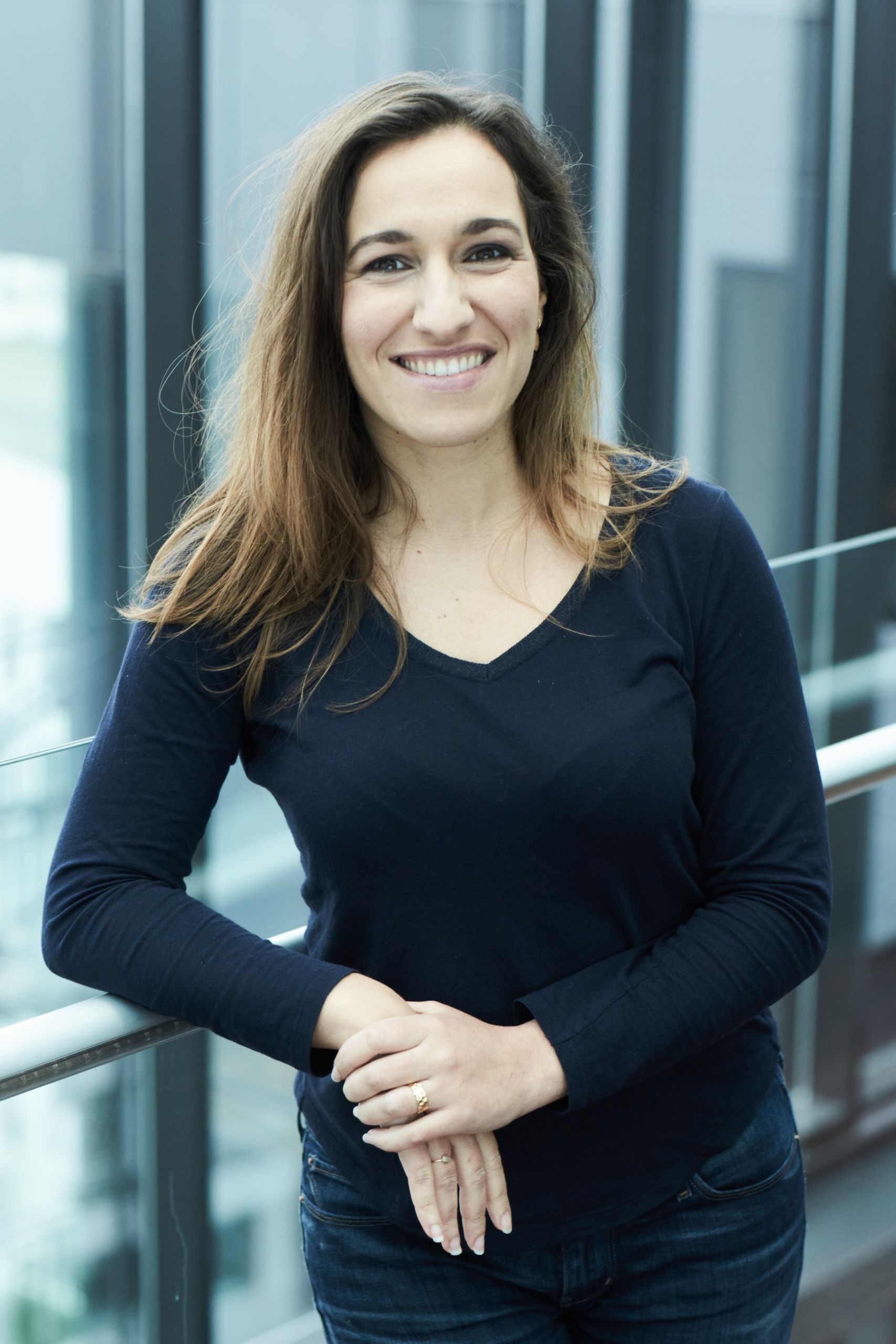
Short biography:
Sofia Ribeiro is a Senior Researcher at the Glaciology and Climate Department, Geological Survey of Denmark and Greenland (GEUS). She completed her undergraduate studies in Biology and Geology at the Universities of Lisbon and Barcelona, obtained a PhD from the University of Copenhagen in 2011, and was a postdoctoral fellow at Lund University, Sweden, and GEUS. Sofia’s research focus is on Greenland and the wider Arctic, where she investigates climate and marine ecosystem changes on historical and geological timescales (mainly Holocene), using biogenic proxies as a primary tool. A main current focus of her research is on Arctic sea-ice reconstructions and proxy development.
Abstract:
Polynyas are relatively ice-free areas surrounded by sea ice and sustained by atmospheric and oceanic forcing. These are focal areas for solar radiation exposure and constitute hotspots of marine biological productivity and biodiversity, comparable to oases in terrestrial deserts.
The North Water (NOW) polynya, situated between Greenland and Canada in northernmost Baffin Bay is the largest Arctic polynya, with an area of up to 85 000 Km2. The NOW is historically one of most productive marine areas of the Arctic Ocean, and its living resources have supported the migration of Palaeoeskimo and Inuit groups for millennia. In order to make reliable predictions about the magnitude and consequences of future Arctic change on the productive capacity of the NOW and its future role as a carbon sink, a thorough understanding of the response of this system to past climate fluctuations is required.
Using a combination of biomarkers (HBIs, sterols, biogenic silica) and microfossil (diatoms) proxy-methods applied to high-resolution marine sediment cores from the region, we reconstructed long-term changes in sea ice and primary productivity in the NOW during the Holocene. Our results, along side with paleolimnological studies on little auk colony dynamics, suggest that the polynya onset occurred at ca. 4.4 cal ky BP, coeval with the appearance of humans in Greenland. Rapid ocean-atmosphere climate shifts during the late Holocene resulted in polynya contraction and a sharp decline in biological productivity from ca. 2.7 cal ky BP with increasing spring sea ice, and possible polynya failure at ca. 2.2 cal ky BP. The fact that Greenland was abandoned at this time (until the arrival of late Dorset groups from Canada ca. 900 years later) further supports the idea that it temporarily failed to act as a high Arctic biological refuge.
As temperatures in the high arctic exceed those of the mid-Holocene, the demise of the NOW and its replacement by a marginal sea ice zone seems a plausible future scenario.
Arranged date for the seminar talk: Aug 27, 2018 at 14:15
Place: BCCR lecture room 4020, Jahnebakken 5
